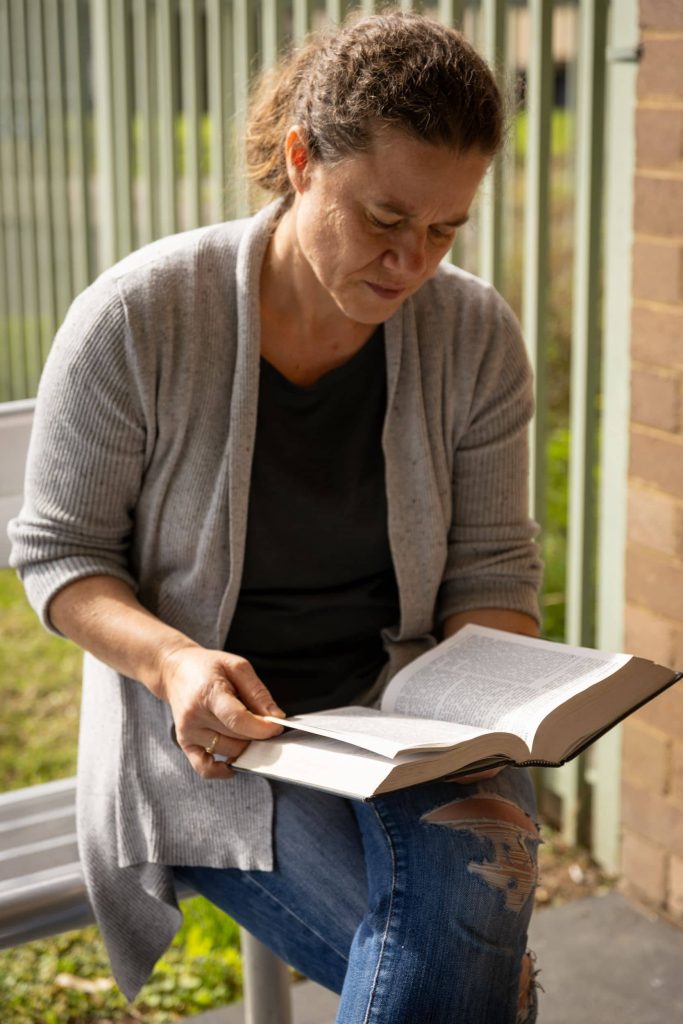
Project Director

Coaching Director

Project Manager

Academic Support

Executive Administrator

Admin Assistant/ Webmaster/ IT Support

Researcher

Creative Media

One of our favourite stories is what is often called “the woman at the well” (John Chapter 4: 1-26). It is an encounter between a Samaritan woman and Jesus, on the edge of town. Jesus begins by asking the woman to help him get a drink.
This was a woman who most likely could tell you what it was like to be marginalised.
She was…


And here was Jesus talking to her, engaging with her, offering her Living Water (eternal life with Him)! Then he goes a step further, and gives her a job to do: “Go and tell others in your community.” We have no idea about what exactly she told others in town, but they believed her!
So we love that imagery and example – Jesus choosing the outcasts in the system to be His messengers. We also love that He seemed willing to take risks on who He choose to work for Him!We also love the imagery of a well, a place to come and have your thirst met. A place of community, of gathering and of provision. Our Indigenous sisters and brothers talk often of the water hole or the billabong, an essential place for every mob.
Designed by
Billy JANGALA Williams
Gamilaraay people
Dhiiyaan community

In the Gospel of John (Chapter 4), the writer captures the fascinating (and highly controversial) interaction between Jesus (a male Jew) and an outcast Samaritan woman at a well in Sychar (a Samaritan village). It is filled with challenge, grace, care and truth.
The logo has formal, organised aspects (the writing and the inner circles), representing discipline and order. These are necessary pieces of ministry training, and echo aspects of the story.
The logo is, however, predominately represented by less organised, less than perfect elements. This, as a spiritual principle and as an acknowledgement to the message and method of Jesus is absolutely essential for ministry, especially to those training for marginalised areas.
Around the inner circle is the “U” shapes, these are Aboriginal symbols for people (they are the shape of people who have sat in the dirt/sand). When they face each other they refer to relationship.
In this circle, there are 2 x 7 (7 being a significant Hebrew number). The total of fourteen people references Jesus, the Samaritan woman and 12 disciples. For The Well Training, it also recognises the need for ministry training to be undertaken in community.
The black lines (differing sizes) are pointing to cultural and theological borders being crossed, a central element of the story and an aspect of any ministry training community.
The dot art refers to mystery and sacred knowledge. The students, mentors and those associated with The Well Training will journey through this country.
The dominant feature of the logo is the outer blue diagonal and circular blue lines. These represent different pathways (warruwi), and therefore pilgrimages. They also reference water, especially as an overflow (warrambul).
Water is the key metaphor used by Jesus and the story in bringing to light the need for the Spirit to be poured up from, into, and out from people. Water is also significant to the artist, as in some areas he carries the story of that abundant water. The Water, as can be seen in the logo, is flowing out of the centre (of people, and of the organisation).
Yananga baayamibiyaay (Go with God)